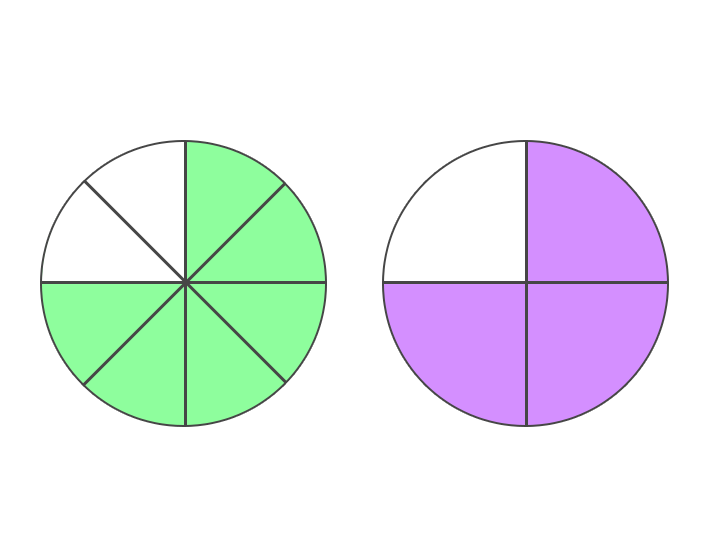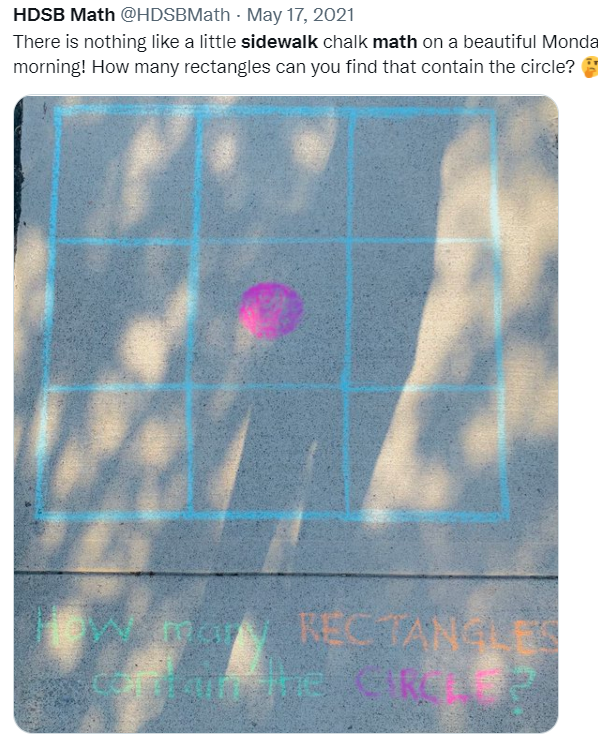3 Lessons Wordle Teaches Us about Math Instruction
In case you haven’t played Wordle, before you read on, you’ll need a little bit of background. Wordle is a game in which players get six tries to guess the word of the day. The exact same puzzle is released once per day for everyone. The game is free and accessible for anyone who wants to play. Each guess returns clues as to whether each letter in the chosen word is correct and in the correct position, correct but in the wrong position, or not in the word at all. Feedback is given with visual color-coded responses. And results can be shared on social platforms. If you’ve played Mastermind, it’s a lot like that. - see Wordle of the day here: https://www.nytimes.com/games/wordle/index.html
7:30 pm most evenings in the Looney household these days: “Hey Sue, let’s do the Wordle!”
My husband and I upload the daily Wordle puzzle, meander our way through guesses and clues, and share our results with one another. It’s become a comfortable little routine we look forward to each night. We high five one another when we solve the puzzle quickly, and we lament over our decisions once we see the final result revealing our missteps. We sit together and turn our minds on the game, and for those moments we lose track of time. We’ve joined an estimated 3 million people around the globe who play Wordle.
What’s the appeal? According to an article by John Feliciani, “Wordle may have a psychological reason for its success. According to an article on Insider, psychologist Lee Chambers says that the game "stimulate[s] both the language- and logic- processing centers of our brains." The body releases dopamine during this process, resulting in players returning to Wordle each day.”
I say, more of this please!
I think we can learn some lessons from Wordle creator Josh Wardle about how math classes can captivate our students in powerful ways. Let’s unpack some of these lessons.
Lesson #1: Begin with a Puzzle to Solve
Most often math classes begin with a goal in mind that sounds something like this, “Today in math class we are going to learn how to simplify fractions.” We have research that affirms that stating a goal, an objective, an “I can” statement is a high yield strategy that supports success in the math classroom. This practice will help ensure a learning goal is met, but let’s consider the larger goal of mathematics. Is beginning a lesson like that how we get 3 million people sitting down daily to high five one another and share what they learned in math? Not likely. Taking a page from the book of Wordle, we can reframe these objectives into challenges, questions and puzzles.
Let’s go back to the fraction objective example. Instead of the statement above, we might begin class by telling students, “I am thinking of a fraction that represents ¾ of this pizza, but my fraction is NOT 3/4 . Here are some clues to help you deduce what my fraction is!”
Or, we can ask students to identify, what is the Same But Different about the images below.
When we are given a challenge, a puzzle, a question, we are invited into a mathematical adventure. We can still reach objectives, we simply bring everyone happily along on the journey.
Lesson #2 - Give Clues and Feedback vs. Rescues and Evaluations
When playing the game of Wordle, players make a guess and are given meaningful feedback. They use the feedback from each guess to hone in on the final answer. The feedback comes in the form of narrowing the number of possibilities, and allows the player to move closer and closer to success. The feedback is immediate. It is visual. And it is non-judgemental. And the player remains engaged.
Let’s imagine a math classroom now where a teacher poses a question and a student answers it incorrectly. We typically might say something like, “Nice try, not quite. Can someone help out? Does anyone have a different idea?” We move away from this student and onto a different student. Maybe we are worried that they will be embarrassed in front of peers. Maybe we are pressed for time, and really want to get the correct answer out there. There are so many reasons and decisions that go into the micro-teaching moments that come up hundreds of times a day for a teacher, that are usually well intentioned. Whatever the reason might be, we believe we should rescue this student from the struggle.
Leaning into a Wordle-like approach, we can continue to engage each student without rescuing them - or depriving them of the joy that comes with struggle followed by success. We can do this by giving meaningful clues and specific feedback. It might sound like this instead, “I see what you’re saying, and you’ve gotten this part of the problem correct. Can you build from there? What else can you try? What are some other approaches that you’ve seen before? Would any of those work here? Try again and I’ll be back.” With this approach, the teacher has validated the correct parts while encouraging the student to continue working, calling attention to other possibilities and solution paths. It is clear that the teacher will continue to support attempts until an answer has been found. How many more students would we keep engaged if they understood they had multiple opportunities for guesses with scaffolded feedback to support them along the way? Maybe mathematics would sweep the world like a viral game that everyone wants to play and be part of because it’s fun and because everyone can be successful.
Lesson #3 Build a Shared Social Experience
We should not underestimate the power of a shared social experience. For example, my friend Donna daily posts her results of Wordle on her Facebook page. Friends chime in with way to go and shocked emoji’s or empathetic commiseration about not solving the puzzle themselves. There is a rallying around Donna and her success, combined with a sharing of results. If Donna doesn’t post, her friends wonder what happened? She has created a strong connection with others around the game of Wordle. Let’s build these communities in our math classrooms.
For starters, we need everyone solving the same puzzle, with the same level of challenge and rigor. This conveys the message that all students deserve the opportunity to solve math puzzles, and that all are capable of success.
The second component here is the sharing. Allowing students to share how they did, what worked, what didn’t, and celebrating each other’s solution paths and successes creates a common experience. I am imagining a puzzle table that sits at the front of the room where collectively, students gather to work on the puzzle OR where there is a folder with multiple copies of the same puzzle for students to pick one up to solve. There could be a problem of the week which is released on Monday and then shared on Friday, with daily updates, clues and hints. I imagine puzzles in hallways or in chalk on the playgrounds where students walk by and have a place to add their thinking or their solution to something like a which one doesn’t belong that goes up each week.
I am certain that Wordle has even more lessons to teach us, and if you see others, please share with me!
But if only we could just embrace these 3:
Begin with a Puzzle to Solve
Give Clues and Feedback vs. Rescues and Evaluations
Build a Shared Social Experience
I believe we would captivate our students. Mathematics is so much more than a collection of skills and right answers. It is a deeply human endeavor that has the power to heal and to bring joy in simple yet profound ways.
A reminder of the ABCs: Always Be Curious!
Kindly,
Sue




